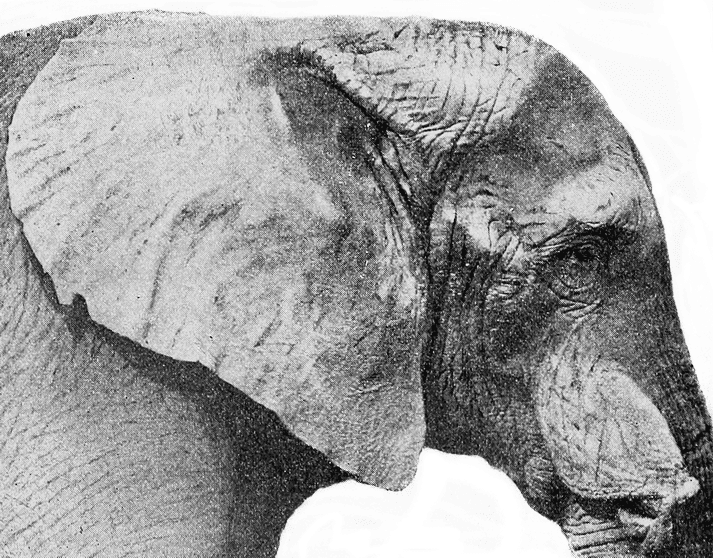In the annals of animal history, few creatures have captured the public imagination quite like Jumbo the elephant. This magnificent African elephant became a household name across two continents, transcending the boundaries between wild animal and beloved celebrity. His story began in the wilds of Africa and ended tragically on a railway track in Canada, but between those moments, Jumbo achieved something truly extraordinary – he became the world’s first animal superstar.
Standing nearly 12 feet tall and weighing over 6 tons, Jumbo was more than just another circus elephant. He was a cultural phenomenon who sparked international diplomatic incidents, inspired countless works of art, and left an indelible mark on popular culture that persists to this day. His name became synonymous with anything enormous, giving birth to the word “jumbo” that we still use today.
The Mysterious Origins of an African Giant

Jumbo’s early life remains shrouded in mystery, much like the dark heart of 19th-century Africa from which he emerged. Born around 1860 in what is now Sudan, this baby elephant was likely captured by Arab traders who killed his mother – a brutal practice that was tragically common during that era. The young calf was then transported down the Nile River, beginning a journey that would take him far from his homeland forever.
His capture coincided with the height of European colonialism in Africa, when exotic animals were considered valuable commodities for Western zoos and circuses. The infant elephant was sold to a German animal dealer named Carl Hagenbeck, who specialized in supplying European institutions with African wildlife. This transaction marked the beginning of Jumbo’s transformation from wild animal to international celebrity.
The details of his capture highlight the darker side of 19th-century animal collection practices. Entire elephant families were often slaughtered to obtain a single young calf, as babies were easier to transport and train than adults.
A New Life in the Heart of Paris

In 1861, the young elephant arrived at the Jardin des Plantes in Paris, where he was given the name “Jumbo” – possibly derived from the Swahili word “jumbe,” meaning chief. The Parisian zoo became his first real home, though it was a far cry from the African savanna where he belonged. French zookeepers quickly discovered that this African elephant was no ordinary animal – he possessed an intelligence and personality that set him apart from other captive elephants.
During his time in Paris, Jumbo began to exhibit the traits that would later make him famous. He was remarkably gentle with visitors, particularly children, and showed an unusual ability to follow complex commands. His keepers noticed that he seemed to understand human emotions and would often comfort distressed visitors by gently touching them with his trunk.
The elephant’s time in Paris coincided with a period of great scientific interest in animal behavior and intelligence. Researchers and naturalists would visit the zoo specifically to observe Jumbo, documenting his behaviors and interactions with both humans and other animals.
The London Zoo Years: Building a Legend

In 1865, Jumbo was transferred to the London Zoo as part of an animal exchange program between European institutions. This move would prove to be the most significant event in his life, as London became the stage where his legend truly began to unfold. The Royal Zoological Society of London had grand plans for their new African elephant, and Jumbo exceeded even their highest expectations.
Upon his arrival at Regent’s Park, Jumbo quickly became the zoo’s star attraction. Visitors flocked to see the massive elephant, and his enclosure became one of the most popular destinations in all of London. The Victorian public was fascinated by exotic animals, and Jumbo represented the perfect combination of size, intelligence, and gentle demeanor that captured their imagination.
His popularity grew exponentially as word spread about his remarkable abilities and gentle nature. Children would line up for hours just to get a chance to ride on his back, and adults marveled at his apparent understanding of human language and emotions.
Matthew Scott: The Man Who Understood Giants

Behind every great animal performer stands a dedicated keeper, and for Jumbo, that person was Matthew Scott. This working-class Yorkshireman became Jumbo’s primary caretaker at the London Zoo, and their relationship would become one of the most famous human-animal bonds in history. Scott understood elephants in a way that few people of his era did, recognizing their intelligence, emotional depth, and need for companionship.
Scott’s approach to elephant care was revolutionary for its time. Rather than relying on force and intimidation, he built a relationship based on trust and mutual respect. He would spend hours each day simply talking to Jumbo, teaching him commands and responding to his various moods and needs. This bond became so strong that Jumbo would become visibly distressed whenever Scott was away from the zoo.
The keeper’s dedication went far beyond professional duty. Scott would often sleep in the elephant house to ensure Jumbo’s comfort, and he developed an almost supernatural ability to predict the elephant’s behavior and needs. Their relationship became a model for modern animal care practices, emphasizing the importance of emotional bonds between keepers and their charges.
The Elephant Rides That Made History
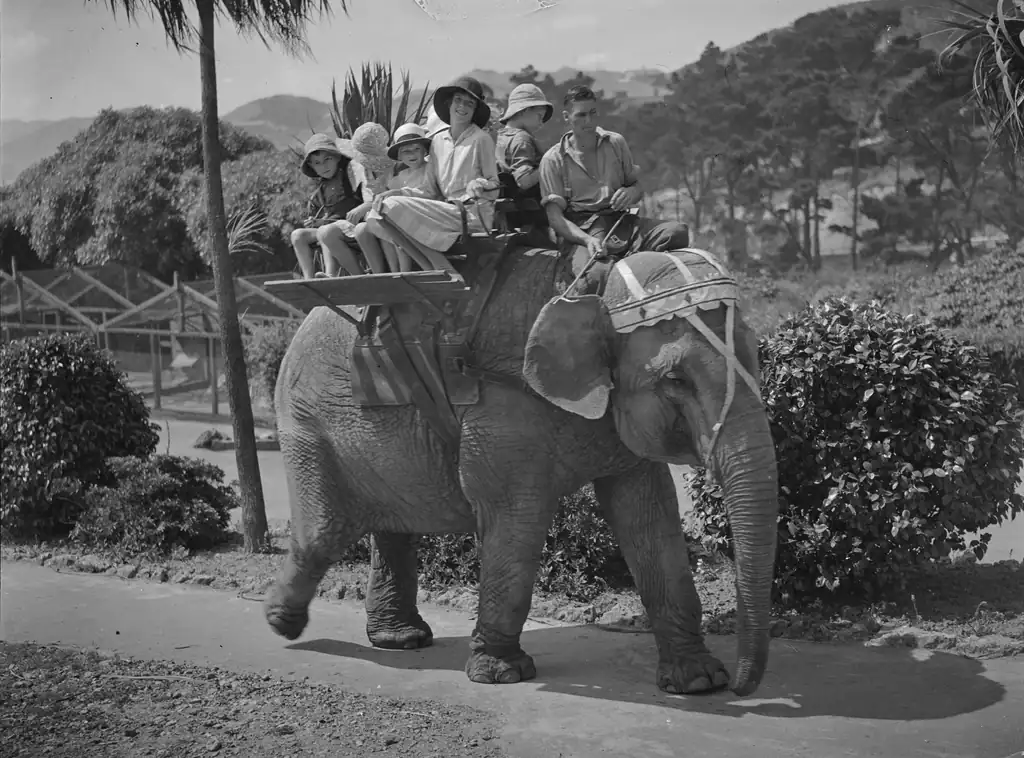
One of the most endearing aspects of Jumbo’s time at the London Zoo was his willingness to give rides to children. For nearly two decades, thousands of young visitors experienced the thrill of sitting atop the world’s most famous elephant. These rides weren’t just entertainment – they were a rite of passage for Victorian children, and many would remember their encounter with Jumbo for the rest of their lives.
The elephant showed remarkable patience and gentleness during these interactions. Despite his enormous size and strength, he would carefully lower himself to allow children to climb onto his back, then rise slowly and walk at a measured pace around his enclosure. Witnesses described how he seemed to understand the precious nature of his cargo, moving with deliberate care to ensure no child ever fell or was frightened.
These rides became so popular that they generated significant revenue for the zoo, helping to fund conservation efforts and improvements to animal habitats. The experience of riding Jumbo became a symbol of childhood wonder and adventure, referenced in countless memoirs and stories from the Victorian era.
A Name That Became a Word

Perhaps no animal in history has influenced language quite like Jumbo. His name became so associated with enormous size that it entered common usage as an adjective meaning “very large.” This linguistic legacy began during his lifetime, as newspapers and magazines regularly used his name to describe anything of exceptional size or importance.
The transformation of “Jumbo” from a proper noun to a common adjective reflects the elephant’s unprecedented fame and cultural impact. Victorian society was fascinated by superlatives and record-breaking achievements, and Jumbo represented the ultimate example of natural grandeur. His name appeared in advertisements, newspaper headlines, and casual conversation with increasing frequency throughout the 1870s and 1880s.
Today, we use the word “jumbo” without thinking about its origins, but every time we order a jumbo shrimp cocktail or board a jumbo jet, we’re unconsciously paying tribute to the world’s most famous elephant. This linguistic immortality ensures that Jumbo’s legacy continues even as memories of his actual story fade from popular consciousness.
The Great Controversy: America Comes Calling
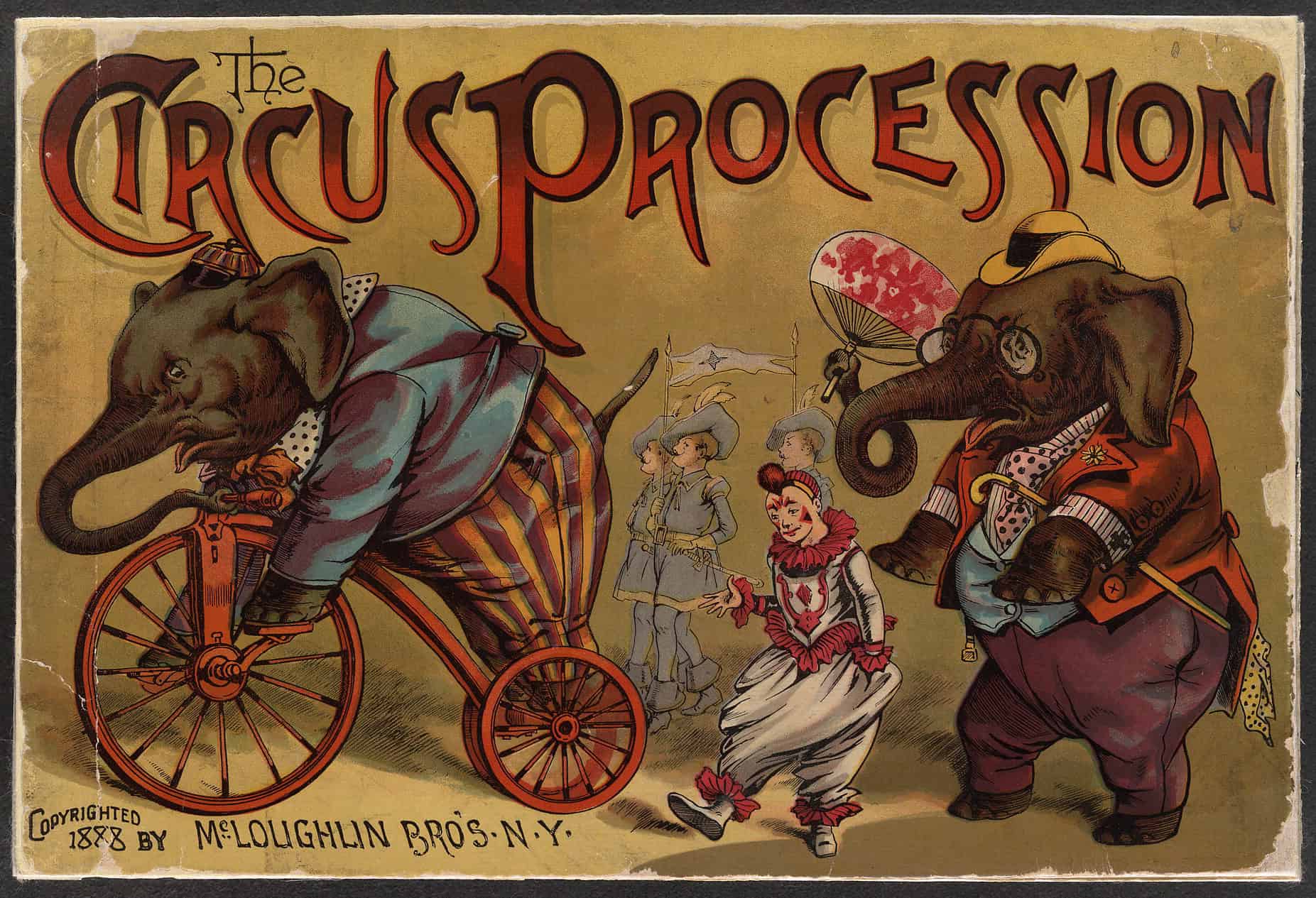
In 1882, Jumbo’s comfortable life at the London Zoo was shattered when the American showman P.T. Barnum made an offer that would change everything. Barnum, famous for his circus and his flair for publicity, offered the London Zoo an unprecedented sum of $10,000 for their star elephant. The zoo’s board of directors, facing financial pressures, reluctantly agreed to the sale despite knowing the public backlash that would follow.
The announcement of Jumbo’s impending departure to America triggered an unprecedented public outcry. Newspapers launched campaigns to keep the elephant in London, wealthy citizens offered to buy him back, and even Queen Victoria herself was reportedly upset by the news. The controversy became known as “Jumbo fever,” and it dominated British headlines for months.
The public’s reaction revealed the deep emotional connection that had developed between Jumbo and the British people. He had become more than just a zoo animal – he was a beloved national treasure, a symbol of British pride and childhood innocence. The thought of losing him to American commercialism struck many as a betrayal of everything Jumbo represented.
Barnum’s Master Plan: The Greatest Show on Earth
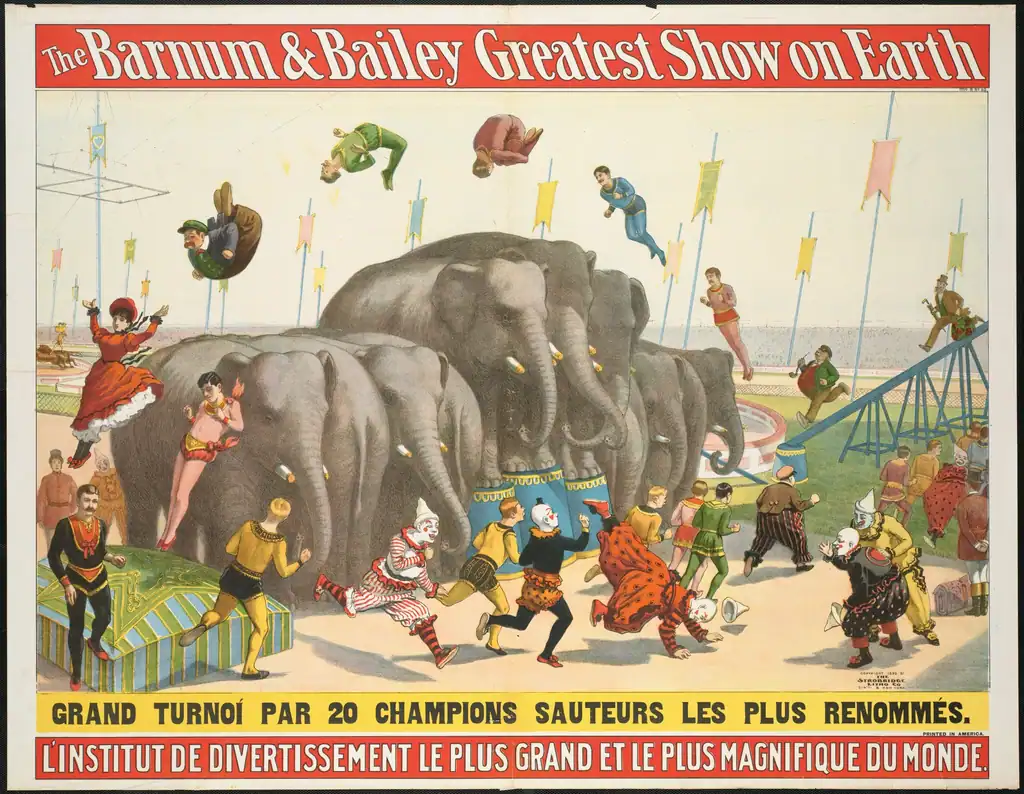
P.T. Barnum was a master of publicity and spectacle, and he recognized in Jumbo an opportunity to create something truly extraordinary. The American showman had built his career on presenting the unusual and the magnificent to eager audiences, and Jumbo represented the ultimate prize – a genuine wonder of the natural world combined with an established reputation for gentleness and intelligence.
Barnum’s plan for Jumbo went far beyond simply adding another animal to his circus. He envisioned the elephant as the centerpiece of a grand spectacle that would tour America and showcase the wonders of the natural world. The showman understood that Jumbo’s fame in London would translate into enormous box office appeal in America, where audiences were hungry for exotic entertainment.
The purchase of Jumbo represented one of the largest investments Barnum had ever made in a single attraction. The $10,000 price tag was enormous for the time, equivalent to hundreds of thousands of dollars today. This investment demonstrated Barnum’s confidence in Jumbo’s drawing power and his understanding of the elephant’s unique appeal.
The Dramatic Departure from London
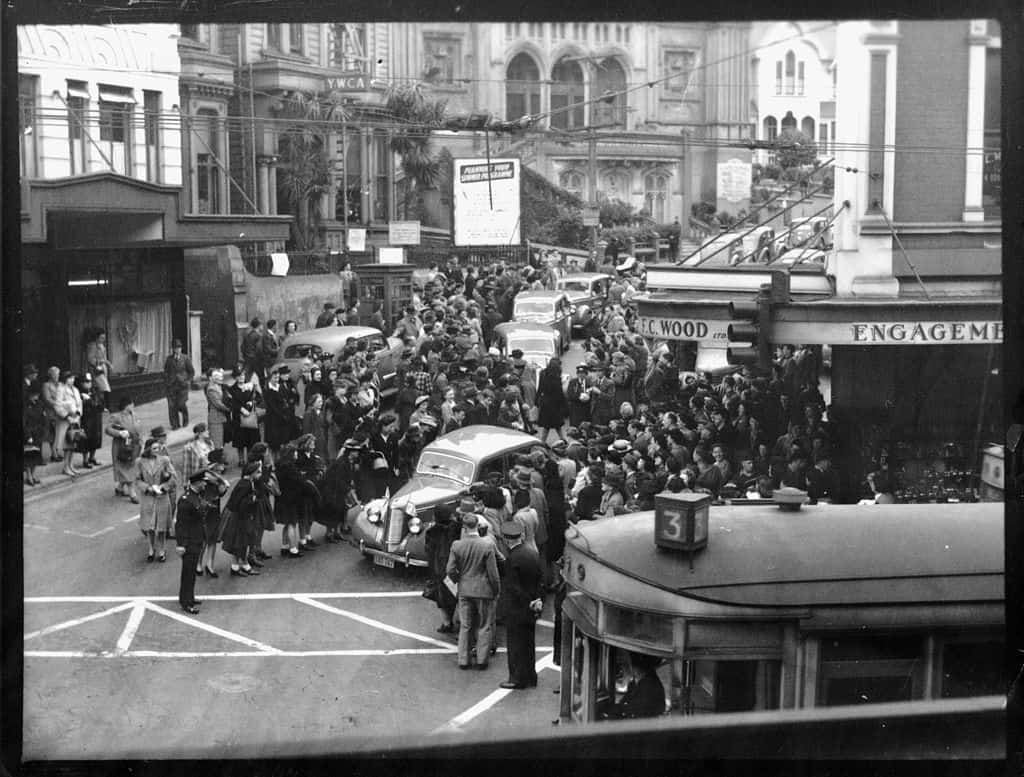
Getting Jumbo from London to America proved to be far more challenging than anyone had anticipated. The elephant had spent over 17 years at the London Zoo, and he was reluctant to leave his familiar surroundings and his beloved keeper, Matthew Scott. When the time came to move him to the docks, Jumbo simply refused to cooperate, lying down in the street and refusing to move.
This act of defiance became front-page news across Britain and America. Crowds gathered to watch the standoff between the world’s most famous elephant and the American circus that had bought him. For hours, Jumbo remained immobile, seemingly aware that he was being taken away from everything he knew and loved.
The drama intensified when Matthew Scott announced that he would accompany Jumbo to America rather than abandon his charge. This decision touched the hearts of people on both sides of the Atlantic, as it demonstrated the genuine bond between keeper and elephant. The emotional scenes of Jumbo’s departure were witnessed by thousands of Londoners who had come to say goodbye to their beloved elephant.
Crossing the Atlantic: A Journey into History

The voyage from London to New York in March 1882 was unlike anything the maritime world had ever seen. Jumbo traveled aboard the steamship Assyrian Monarch, in a specially constructed steel cage that took up a significant portion of the cargo hold. The logistics of transporting a six-ton elephant across the Atlantic Ocean presented numerous challenges that had never been faced before.
Matthew Scott remained by Jumbo’s side throughout the journey, providing comfort and reassurance to the anxious elephant. The voyage took nearly two weeks, during which time Jumbo had to adapt to the constant motion of the ship and the confined space of his traveling cage. Reports from the journey described the elephant’s remarkable resilience and his apparent trust in his keeper.
The crossing attracted international attention, with newspapers on both sides of the Atlantic providing regular updates on Jumbo’s progress. The voyage became a symbol of the growing connections between Europe and America, as well as humanity’s fascination with the natural world. Upon arrival in New York, Jumbo was greeted by crowds of curious Americans eager to see the famous elephant they had heard so much about.
American Debut: The Circus Sensation

Jumbo’s arrival in America marked the beginning of the most commercially successful period of his life. Barnum’s circus had been preparing for months to showcase their new star, and the American public was primed for the spectacle. The elephant’s debut performances exceeded even Barnum’s optimistic expectations, drawing record crowds wherever the circus traveled.
American audiences were fascinated by Jumbo’s combination of size and gentleness. Unlike the wild animals they might have expected, Jumbo appeared calm and almost regal in his interactions with humans. His performances were carefully choreographed to highlight his intelligence and his remarkable relationship with Matthew Scott, who had become part of the show himself.
The commercial success of Jumbo’s American tour was unprecedented. Ticket sales soared, and the circus began selling Jumbo-themed merchandise, from toy elephants to commemorative photographs. The elephant had become not just an attraction, but a brand unto himself, generating revenue streams that Barnum had never imagined possible.
The Bond That Transcended Continents
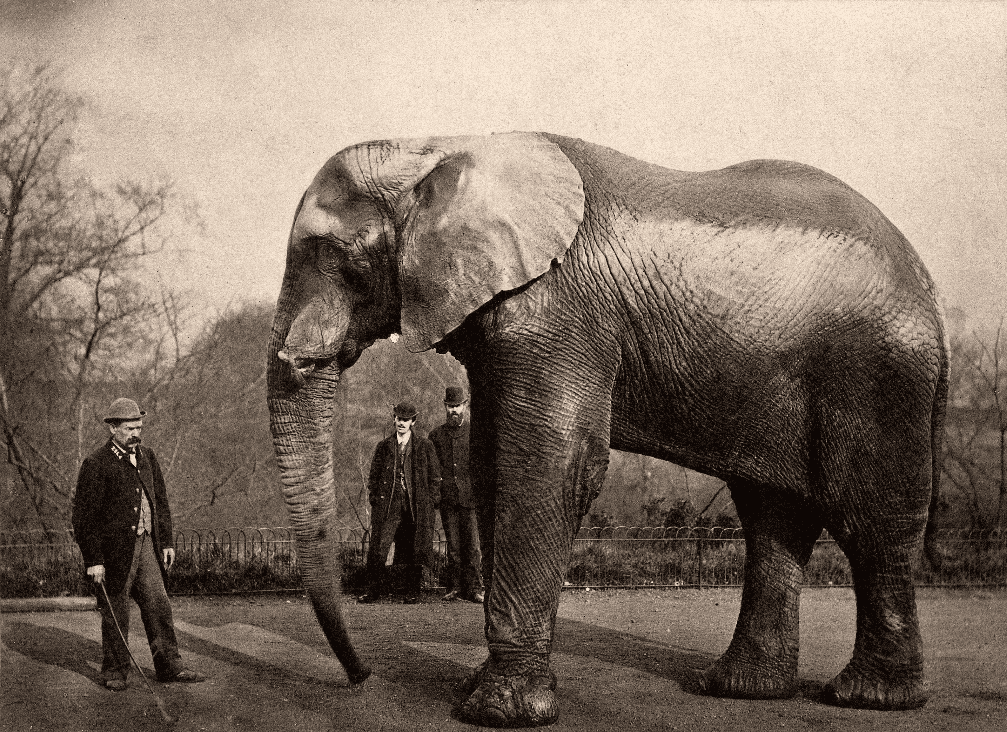
Throughout his American tour, the relationship between Jumbo and Matthew Scott remained the emotional heart of the spectacle. Audiences were moved by the obvious affection between the massive elephant and his human companion, and their bond became a symbol of the possibility for understanding between different species.
Scott’s dedication to Jumbo’s welfare continued unabated in America. He maintained the same careful routines that had kept the elephant healthy and happy in London, adapting them to the demands of constant travel and performance. The keeper’s expertise became crucial to the success of the tour, as he was the only person who could truly understand and respond to Jumbo’s needs.
The partnership between Scott and Jumbo also challenged contemporary ideas about animal intelligence and emotion. Victorian audiences were beginning to recognize that animals could form meaningful relationships with humans, and the bond between keeper and elephant provided compelling evidence of this capacity. Their relationship became a model for more humane treatment of performing animals.
Record-Breaking Performances Across America

During his three years with Barnum’s circus, Jumbo performed for millions of Americans, setting attendance records in cities across the country. His performances were carefully designed to showcase his size and gentle nature, typically involving demonstrations of his intelligence and obedience to Matthew Scott’s commands. The elephant would perform simple tricks, allow children to ride on his back, and parade around the circus ring to the delight of amazed audiences.
The scale of Jumbo’s success was unprecedented in American entertainment history. In major cities like New York, Philadelphia, and Chicago, the circus would sometimes perform multiple shows per day to accommodate the crowds wanting to see the famous elephant. Newspaper reviews consistently praised both Jumbo’s remarkable presence and the obvious skill of his keeper.
The financial success of these performances transformed Barnum’s circus into one of the most profitable entertainment enterprises in America. Jumbo’s drawing power was so great that other circuses began seeking their own elephant attractions, though none could match the fame and appeal of the original. The elephant’s success also helped establish the template for modern animal entertainment, emphasizing the importance of the human-animal bond in creating compelling performances.
The Merchandise Empire: Jumbo’s Commercial Legacy

Jumbo’s fame extended far beyond the circus ring into the realm of commercial merchandising. Barnum, ever the shrewd businessman, recognized that the elephant’s popularity could be monetized in numerous ways. The circus began selling an unprecedented array of Jumbo-themed products, from miniature toy elephants to commemorative photographs and postcards.
The merchandising operation became so successful that it generated significant revenue independent of ticket sales. Families would purchase Jumbo souvenirs as mementos of their circus experience, and the elephant’s image appeared on everything from clothing to household items. This commercial success established the template for modern entertainment merchandising, demonstrating how a popular character could become a brand.
The demand for Jumbo merchandise extended beyond circus venues into general retail stores. Toy manufacturers began producing Jumbo-inspired elephant toys, and publishers released books about the famous elephant’s adventures. This widespread commercial presence helped cement Jumbo’s status as a cultural icon and ensured that his fame would extend far beyond his actual performances.
The Growing Concern: Signs of Distress

Despite his commercial success, those close to Jumbo began to notice troubling changes in the elephant’s behavior during his American tour. The constant travel, regular performances, and crowds of people were taking their toll on an animal who had spent most of his life in the relatively quiet environment of the London Zoo. Matthew Scott, who knew Jumbo better than anyone, became increasingly concerned about his charge’s wellbeing.
The elephant began showing signs of stress and agitation that were unfamiliar to Scott. Jumbo would sometimes become restless at night, pacing in his enclosure and showing signs of anxiety. These behavioral changes were subtle but significant to someone who had spent years learning to read the elephant’s moods and needs.
Scott’s concerns were largely dismissed by circus management, who were focused on the enormous profits that Jumbo continued to generate. The keeper found himself in an impossible position, wanting to protect his beloved elephant while being powerless to change the circumstances that were causing the stress. This tension would ultimately contribute to the tragic events that would end Jumbo’s life.
The Final Performance: A Night That Changed Everything

On September 15, 1885, Jumbo performed what would be his final show in St. Thomas, Ontario, Canada. The performance seemed routine to most observers, but Matthew Scott later reported that the elephant appeared unusually agitated and restless throughout the evening. After the show, as was customary, Scott began leading Jumbo and a smaller elephant named Tom Thumb back to their railway car for transport to the next venue.
The walk to the railway car required crossing the main railway tracks that ran through the town. This was a routine that had been performed hundreds of times during the tour, and there was no reason to expect anything unusual. However, as they approached the tracks, Scott noticed that Jumbo seemed more nervous than usual, trumpeting softly and moving with less than his usual composure.
The exact sequence of events that followed would be debated for years, but what is certain is that an unscheduled freight train was approaching on the tracks just as the elephants were crossing. Scott and the circus crew tried to move both animals to safety, but the massive Jumbo was unable to get out of the way in time.
The Tragic End of a Legend
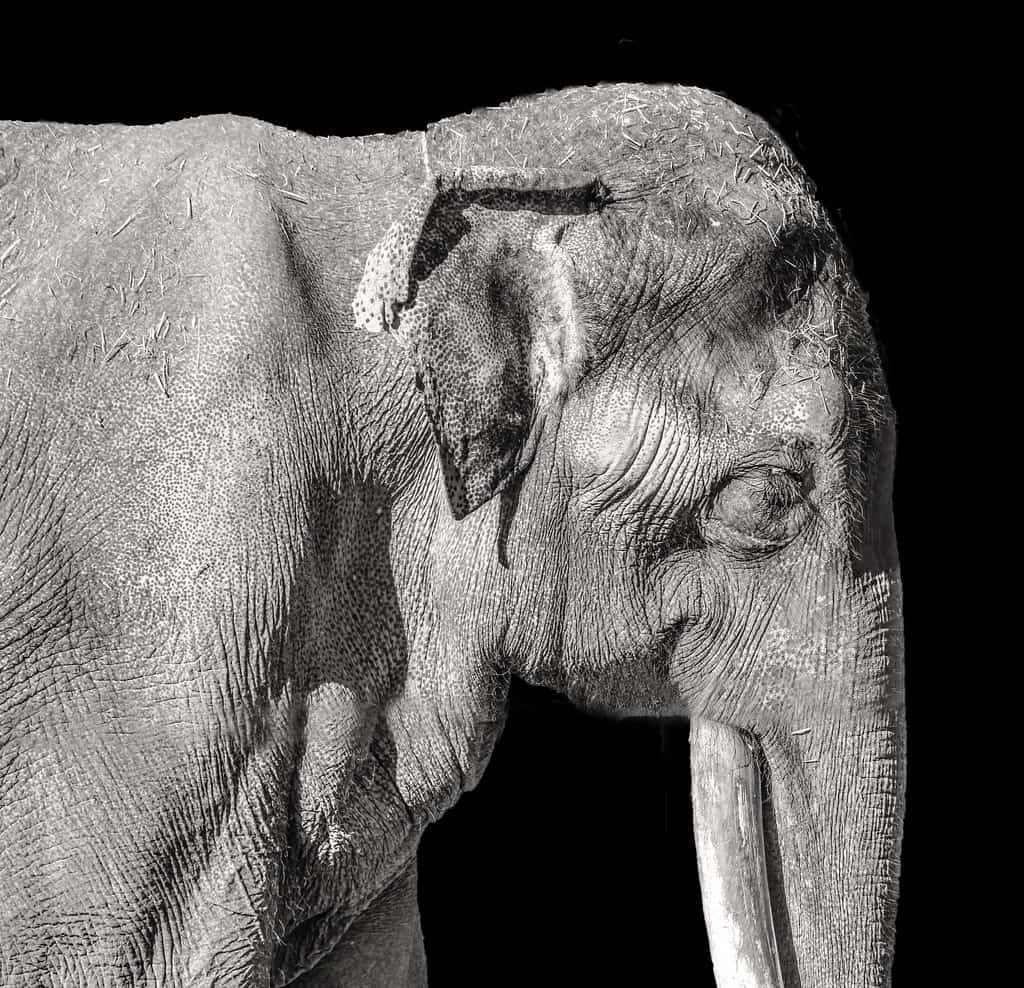
The collision between Jumbo and the freight train was devastating and instantaneous. The enormous elephant was struck by the locomotive and killed immediately, while the smaller Tom Thumb suffered injuries but survived. Matthew Scott, who had devoted nearly two decades of his life to caring for Jumbo, was devastated by the loss of his beloved companion.
News of Jumbo’s death spread rapidly across North America and back to Britain, where the elephant’s former admirers mourned the loss of their beloved friend. Newspapers on both sides of the Atlantic carried detailed accounts of the accident, and many included tributes to the elephant’s gentle nature and his remarkable relationship with his keeper.
The tragedy marked the end of an era in animal entertainment and highlighted the risks faced by performing animals in an age when their welfare was often secondary to commercial considerations. Jumbo’s death became a rallying point for early animal welfare advocates who argued for better protection of performing animals.
The Aftermath: A Legend Preserved

Even in death, Jumbo continued to generate controversy and commercial interest. P.T. Barnum, determined to continue profiting from his famous elephant, had Jumbo’s body preserved and mounted for display. The elephant’s skeleton was donated to the American Museum of Natural History in New York, while his stuffed hide was displayed in Barnum’s circus for several more years.
Matthew Scott, devastated by the loss of his lifelong companion, struggled to find meaning in a world without Jumbo. He continued working with other elephants but never again formed the same deep bond that had made him famous. The keeper’s grief was shared by thousands of people who had been touched by the story of his relationship with the world’s most famous elephant.
The preservation of Jumbo’s remains ensured that future generations would have the opportunity to appreciate his remarkable size and presence. However, it also sparked debates about the ethics of displaying deceased animals and the commercialization of natural history that continue to this day.
The Enduring Cultural Impact

Jumbo’s influence on popular culture extends far beyond his historical significance as a famous elephant. His story has been retold in countless books, films, and documentaries, each generation finding new meaning in the tale of the African elephant who became an international celebrity. The themes of his story – the bond between humans and animals, the costs of fame, and the ethics of animal entertainment – remain relevant to contemporary audiences.
The elephant’s impact on language and culture continues to this day. The word “jumbo” has become permanently embedded in English and many other languages, serving as a constant reminder of the elephant’s extraordinary fame. Modern conservation efforts often reference Jumbo’s story as an example of humanity’s complex relationship with wildlife, highlighting both our capacity for wonder and our tendency to exploit the natural world.
Educational institutions continue to use Jumbo’s story to teach about animal behavior, conservation, and the history of entertainment. His tale serves as a powerful reminder of the intelligence and emotional capacity of elephants, contributing to contemporary efforts to protect these remarkable animals in their natural habitats.
Conclusion
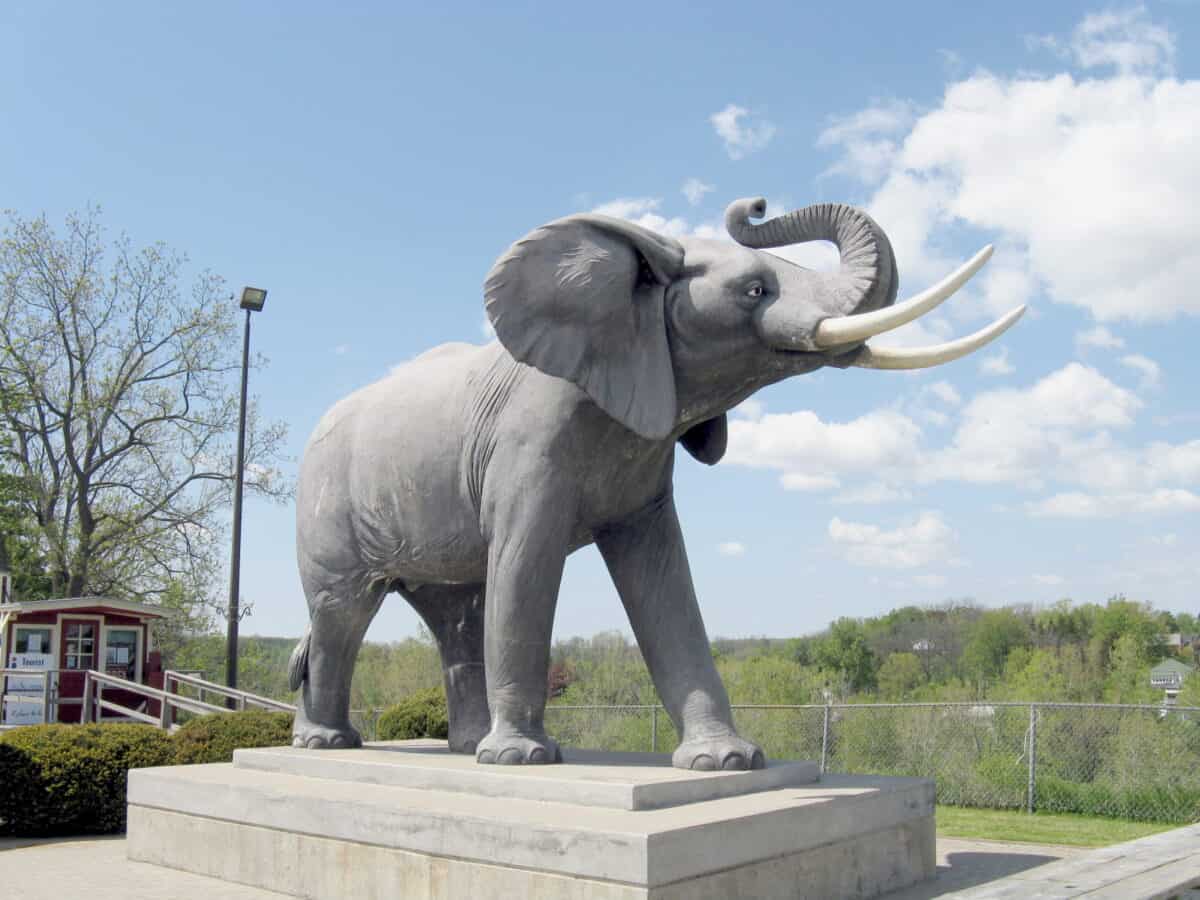
Jumbo’s remarkable journey from the African wilderness to international stardom represents one of the most extraordinary animal stories ever recorded. His legacy extends far beyond his physical presence, encompassing linguistic influence, cultural impact, and important lessons about humanity’s relationship with the natural world. The gentle giant who captured the hearts of millions continues to inspire and educate people more than a century after his tragic death, proving that some legends truly are timeless. What other animal do you think could have achieved such lasting fame and cultural significance?
- This Bat Colony Is the Largest Mammal Gathering in North America - August 7, 2025
- These Giant Jellyfish Keep Washing Up on U.S. Beaches - August 7, 2025
- This Animal Sleeps with One Eye Open — Literally - August 7, 2025

